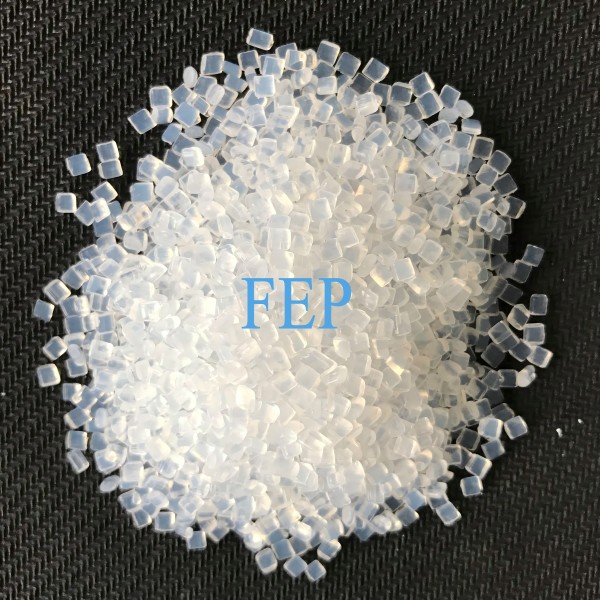FEP (Fluorinated Ethylene Propylene) and PFA (Perfluoroether Polymer) are two common fluoroplastic materials used in chemical engineering, manufacturing, and other areas where chemical resistance and high temperatures are required. Both materials offer excellent chemical and high temperature resistance, but there are some important differences between them. Understanding these differences and their respective properties is critical to selecting the right material. In this article, we will explore the differences between FEP and PFA in detail and describe their key properties.
Basic Overview of FEP and PFA
FEP (Fluorinated Ethylene Propylene)
Key Properties:
Excellent chemical stability: FEP has very high resistance to almost all chemicals, including acids, alkalis and solvents.
Wide temperature range: FEP has an operating temperature range from -200°C to +205°C.
Good mechanical properties: FEP has good tensile strength and abrasion resistance.
Transparency: FEP is usually transparent, which makes it useful in certain applications, such as equipment that requires visualization of internal processes.
Ease of processing: FEP can be processed by conventional thermoplastic processing methods (e.g. injection molding, extrusion).
PFA (Perfluoroether Polymer)
PFA is a modified fluoroplastic that has chemical properties similar to PTFE, but contains perfluoroether units in its molecular structure. The introduction of this structure further enhances its high temperature resistance and chemical stability.
Key Properties:
Excellent chemical resistance: PFA has excellent resistance to most chemicals, including strong acids and bases.
Wide temperature adaptability: PFA's operating temperature range is typically between -200°C and +260°C.
Excellent mechanical properties: PFA maintains good mechanical properties at high temperatures.
Transparency: PFA is also typically transparent, making it suitable for applications where the contents need to be monitored.
Excellent self-lubrication: PFA's smooth surface reduces friction and improves service life

Main differences between FEP and PFA
1. Temperature resistance
PFA has superior temperature resistance to FEP. while FEP can be used in temperatures as high as +205°C, PFA can be used in temperatures as high as +260°C. This gives PFA an advantage in applications where extreme temperatures are required.
2. Processability
FEP is easier to process than PFA. Because of its lower melting point, FEP behaves more consistently during thermoplastic processing, so for processing and molding of complex shapes, FEP is usually easier to handle than PFA.
3. Mechanical Properties
Although both have good mechanical properties, PFA has better mechanical properties at higher temperatures than FEP, which means that PFA provides more reliable performance in extreme temperature environments.
4. Cost
Typically, FEP costs less than PFA because the production process is more complex and the high temperature resistance of PFA makes it more valuable for specific applications.
Conclusion
FEP and PFA are both high-performance fluoroplastics with their own unique advantages and application scenarios; FEP with its better processability and lower cost is suitable for applications that require high chemical resistance but relatively low temperature requirements, while PFA with its excellent high temperature resistance and excellent mechanical properties is suitable for applications under extreme conditions. Choosing the right material for the actual needs will maximize the advantages of the material and ensure the reliability and efficiency of the application.

![]() August 12, 2024
August 12, 2024


